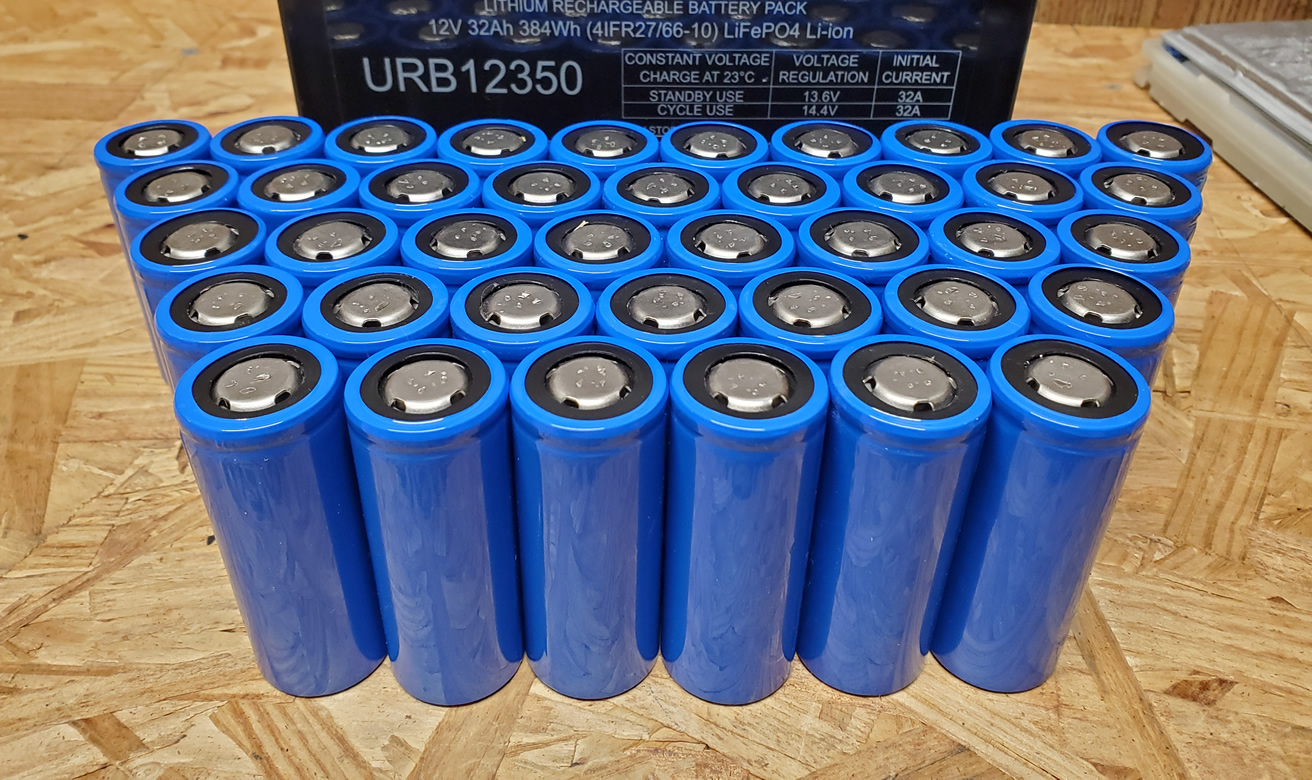Today the warm water heatpump runs with night electricity, about 10ct/kwh. Day tariff is 20ct/kwh. Heats up a 300 liter tank to 55 deg C.
I can program the pump to turn on and off at a certain time, but i can not remote control it.
The pump absolutely doesent like brown-outs or to be switched on/off.
Consumption is 500W, run time max 10h / day.
What are my options?
I can program the pump to turn on and off at a certain time, but i can not remote control it.
The pump absolutely doesent like brown-outs or to be switched on/off.
Consumption is 500W, run time max 10h / day.
What are my options?






